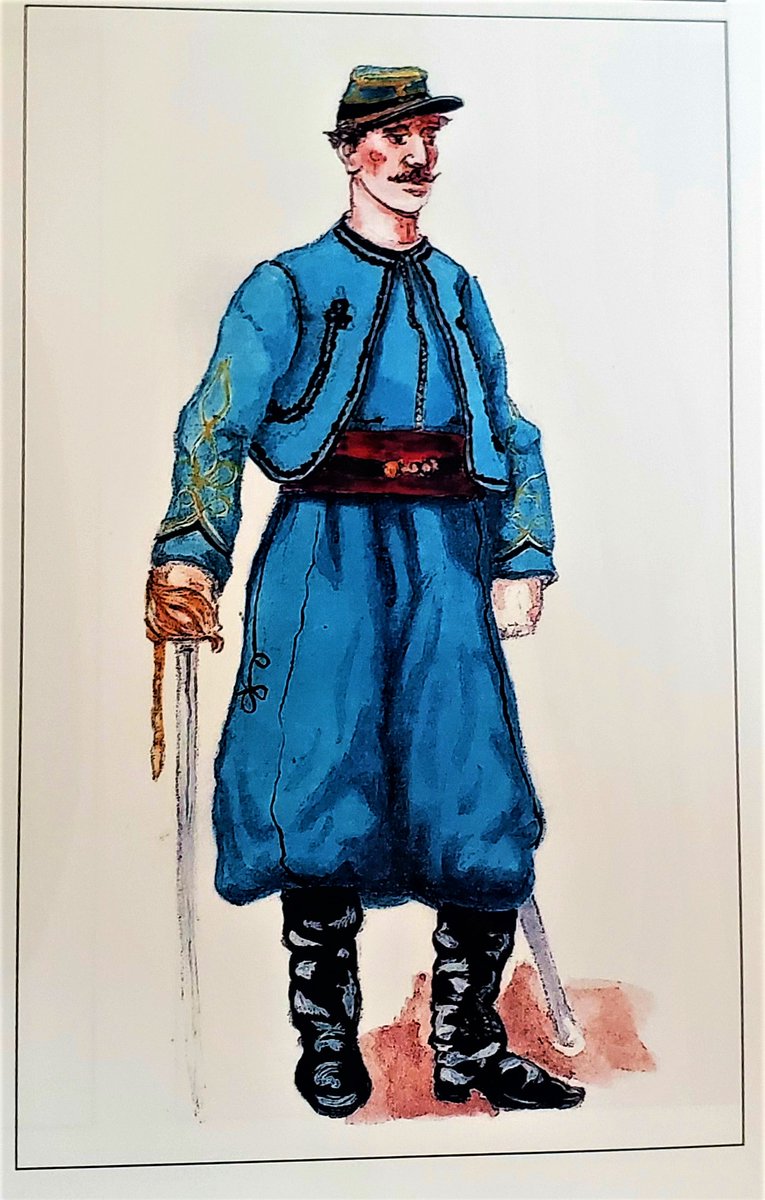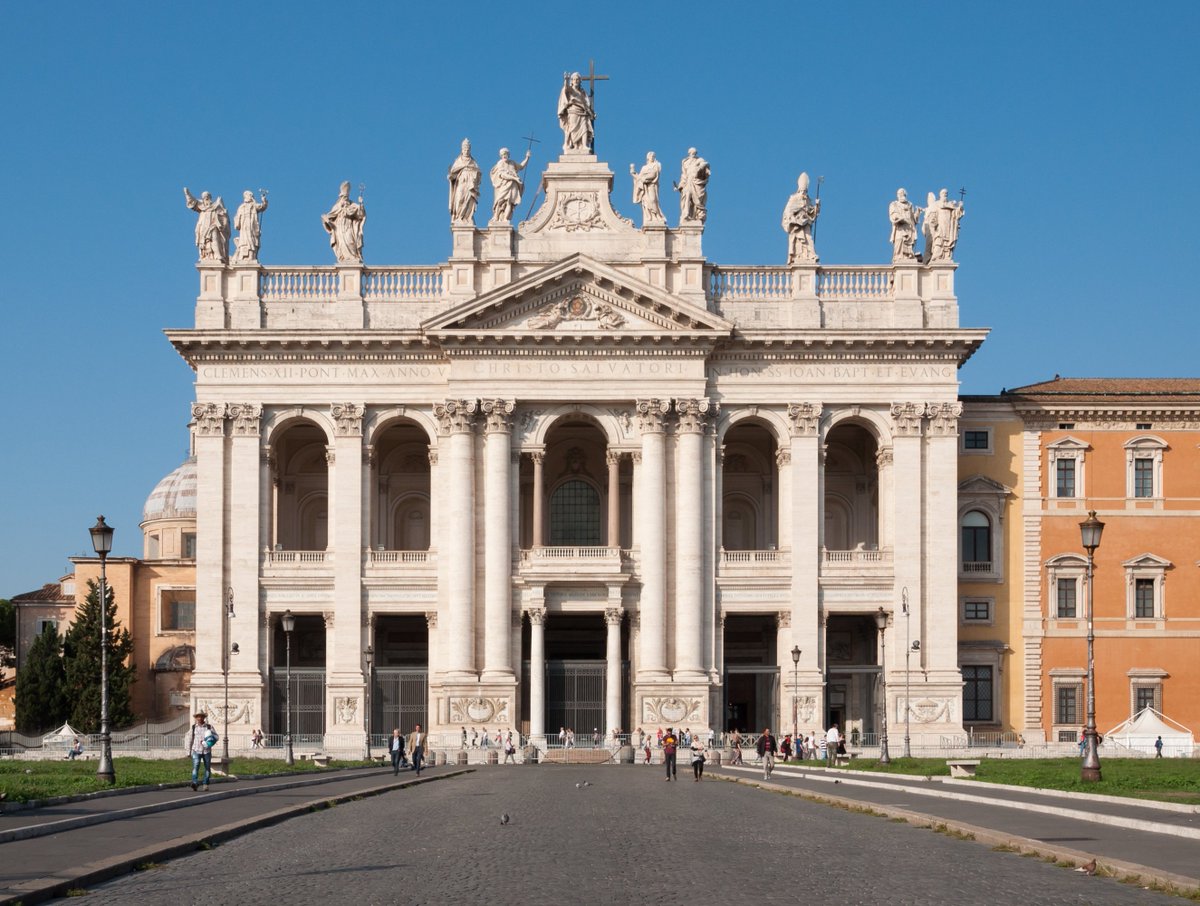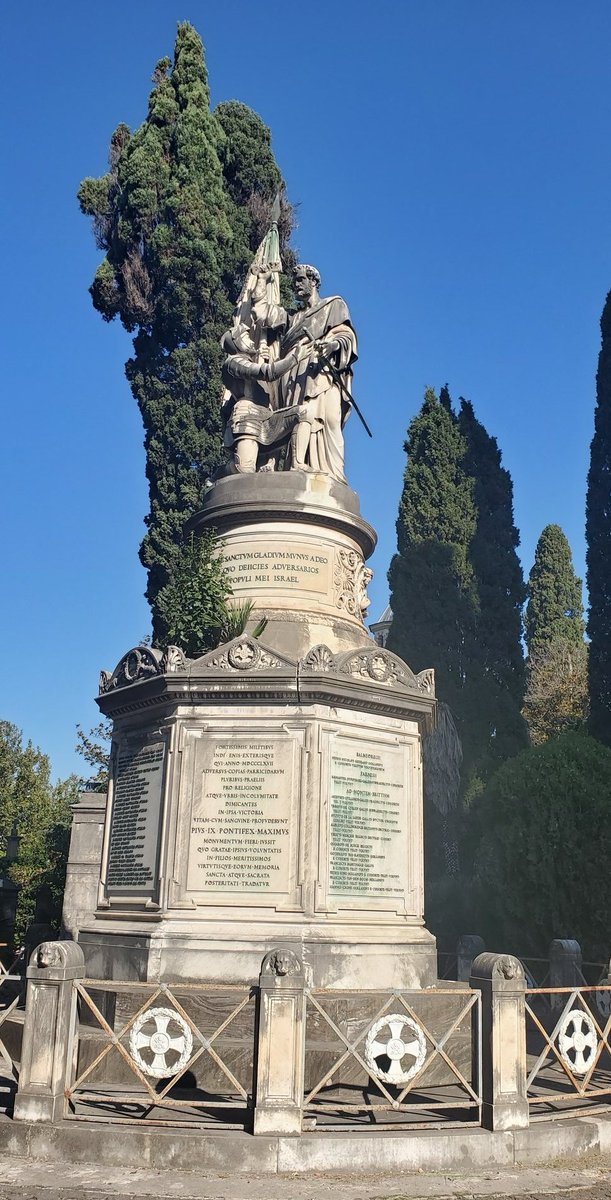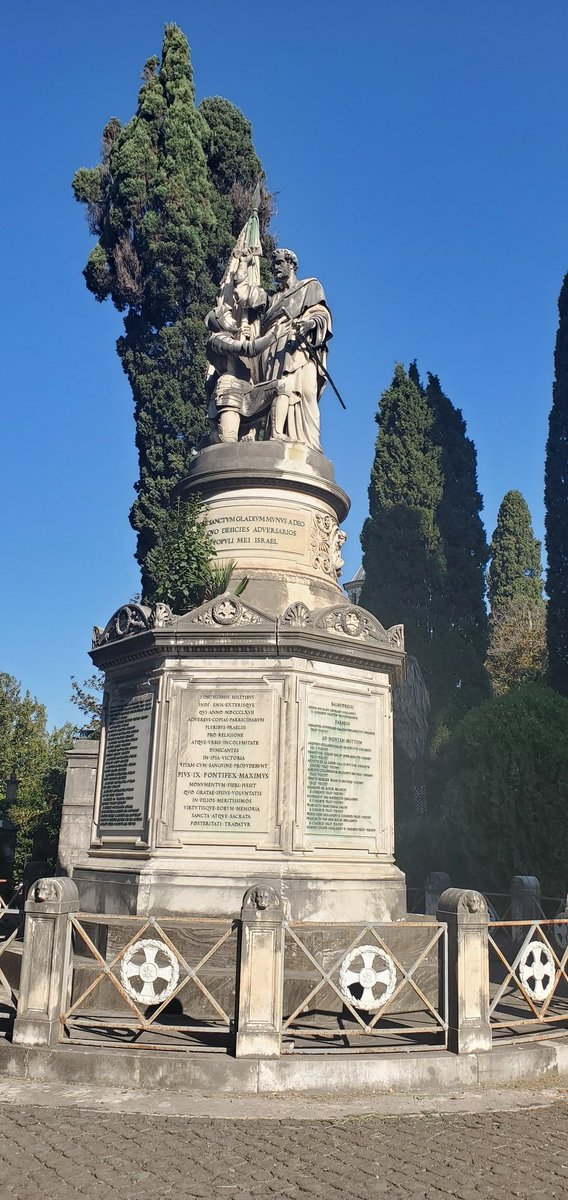On this day 230 years ago, July 14th, 1793. Jacques Cathelineau, Generalissimo of the Catholic and Royal Army, succame to a gunshot wound he received at the Battle of Nantes on June 29th, 1793, during the Vendée war🧵
He was shot by a sniper while siezing Place Viarme.
1/7
He was shot by a sniper while siezing Place Viarme.
1/7

His nickname was the "Saint of Anjou" his beatification was proposed at the end of the 19th century. However, the most informative documents of the diocesan process were lost in a fire in 1944 due to Allied bombing in Angers.
2/7


2/7


Almost 3 years later, on March 29th, 1796. The square where he was fatally wounded was the site of the execution of General François Charette, and with him the hope of a Counter-Revolutionary victory.
However, their descendents continued the Counter-Revolutionary fight.
3/7
However, their descendents continued the Counter-Revolutionary fight.
3/7

The Saint of Anjou's son, Jacques-Joseph de Cathelineau, died fighting in the the Vendée uprising of 1832. His grandson Henri de Cathelineau started the first unit of foreign volunteers to defend the Papal States during the 1860 campaign. The "Crusaders of Cathelineau"
4/7
4/7

The unit only existed a few months before being incorporated into the Franco-Belgium Battalion. The precursor of the Papal Zouaves.
4 of François Charette's great-nephews served in the Pontifical Army between 1860-1870. Such as Papal Zouave General Athanase de Charette.
5/7
4 of François Charette's great-nephews served in the Pontifical Army between 1860-1870. Such as Papal Zouave General Athanase de Charette.
5/7

When Rome fell in 1870, Henri de Cathelineau went back to France and started the Corps of Cathelineau. Athanase de Charette went back with most of the French Papal Zouaves and reorganized into the Volunteers of the West. Both units defended France in the Franco-Prussian war.
6/7
6/7

Henri de Cathelineau was also heavily involved in the Third Carlist War, supporting the Carlist cause with many other Papal Zouave veterans. Below, he is pictured with Don Jaime, the legitimate King of Spain between 1909-1931.
7/7
7/7

• • •
Missing some Tweet in this thread? You can try to
force a refresh

 Read on Twitter
Read on Twitter























